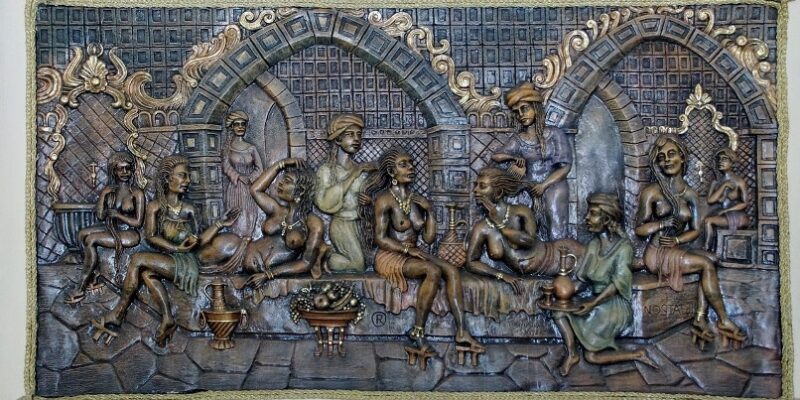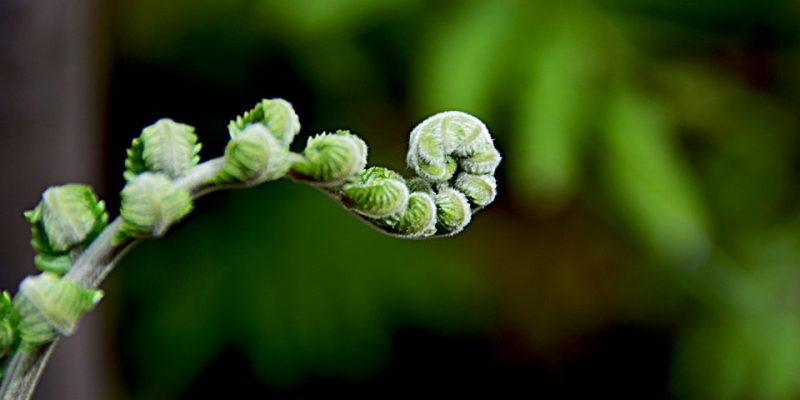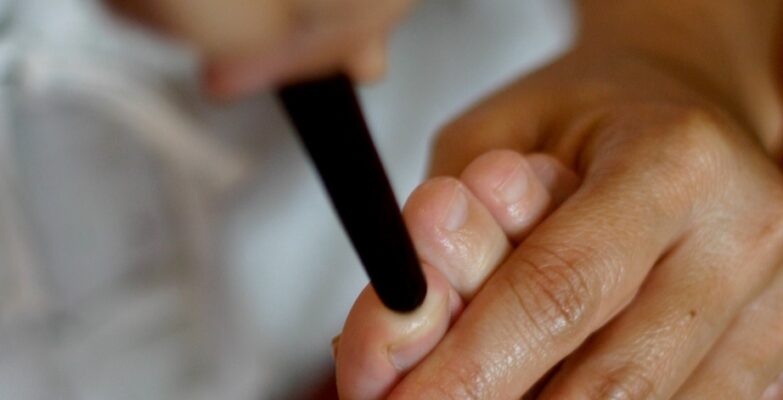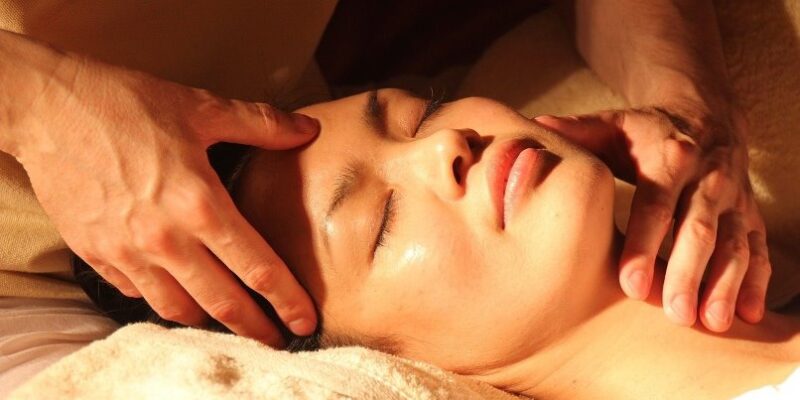
Evidence of massage practices in ancient Egypt (roughly 2686 BCE to 30 BCE) goes back as far as 2,400 BCE. Moreover, in many tombs and pyramids built in the centuries after that, one finds depictions and written records of massage practices, such as hand and foot massage and Reflexology, Oil Massage, but also manicure and pedicure, Hydrotherapy, preparations of perfumes, oils and essential oils, and Aromatherapy.

It’s thought that Egyptian therapeutic massage was based on manipulating certain energy pathways with the aim of correcting imbalances, removing blockages and restoring Life Energy circulation. Ka was the Egyptian concept of Vital Essence, Life Force, or Life Energy.
It shows apparent similarities with traditional Asian massage modalities where Ki, Qi, or Prana Vital Energy is thought to penetrate the body running through Energy Channels, named, for instance, Meridians (China), Sen Energy Lines (Thailand), or Nadis (India).
By many it’s thought that ancient Egypt is at least one of the sources of the art of Reflexology, apart from evidence of such knowledge in ancient India and China around the same period. As for Aromatherapy, the ancient Egyptians are generally regarded as the pioneers, using aromatic and healing plant-based oils in incense, medication, massage, skincare and cosmetics, apart from the well-known use of embalming the dead.
In contemporary, modern Egypt, one can still find practitioners who apply massage, aromatherapy and reflexology based on ancient Egyptian massage, bodywork and herbal techniques. Today, Egyptian Massage is sometimes also called Pharaonic Massage.
















